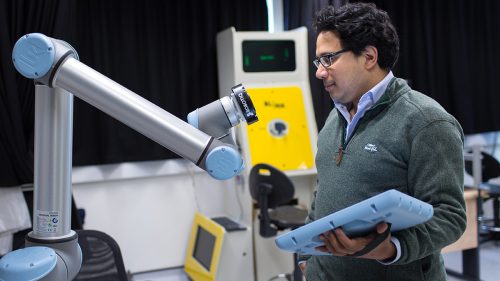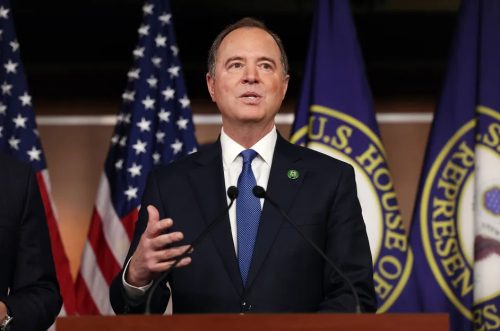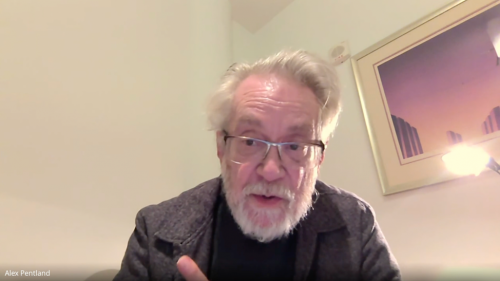With today’s AI advances, deepfakes and fake news can easily be produced to sound and look so human-like and trustworthy that we cannot tell the difference. In an earlier episode of AIWS Newsletter, we wrote about “Grover,” a program that both creates convincing fake articles but also is able to detect them.
Speaking of “deepfakes”, it is a term originally coined in 2017, referring to the use of Generative Adversarial Networks to generate hyper-realistic videos of people doing or saying things they never did or said. How to combat deepfakes is getting a lot of traction in the AI research community. A review on OpenDataScience.com highlights three recent attempts.
One is a project at the University of California at Berkeley, by Shruti Agarwal and Hany Farid, working on an AI algorithm to detect face-swapped videos based on head and face quirks. The intuition is that people “tend to have unique head movements such as a statement of fact coupled with a nod of the head, and also face gestures such as smirking when making a point.”
Similarly, another project is by Li et al. of SUNY Albany, which is focused on detection of unnatural eye movement. Taking a different direction, Bappi et al. of the University of California at Riverside look into pixel artifacts. The idea is based on the observation that “pixels around the boundaries of objects that are artificially inserted into or removed from an image contain special characteristics, such as unnatural smoothing and feathering”.
The race between creators of deepfakes and those who fight against them will go on. To help win this race, the AIWS has also made efforts toward addressing fake content generation and its impact. In 2018, its parent organizations, the Boston Global Forum and the Michael Dukakis Institute, organized the 4th Annual Global Cybersecurity Day, with an event entitled ‘AI Solve Disinformation’ to explore the current state of cyber issues and the threat posed by disinformation and fake news, as well as effective defense mechanisms against these activities. In 2017, the BGF also wrote a policy proposal on fake news for consideration at the 2017 G-7 Summit in Taormina, Italy.










